Hawaiian Food Dishes: Basic Overview
Common Ingredients
Common Cooking Methods
Courses
Meals
Key Taste
Eating Etiquette
Meal Presentation
Culinary Festivals
Influence and Fusion
Hawaiian Food Dishes: Origin and Region
Cuisine
Cuisine’s Geographical Territory
Popular Types of Hawaiian Dishes
-
Salads
Most Hawaiian salads don’t rely on vegetables but instead feature pasta or seafood.
These dishes are refreshing and versatile side dishes to improve the dining experience.
-
Noodle Soups
Noodle soups in Hawaiian are fusion dishes inspired by Asian cuisine.
These dishes are served in a flavorful broth and garnished with savory ingredients, such as pork, chicken, and seafood.
-
Rice Dishes
There are many nutritious and easy-to-make rice dishes in Hawaiian cuisine.
Such dishes are helpful ways of using up leftovers and creating quick yet satisfying meals.
Many Hawaiian rice dishes are inspired by Asian cooking.
-
Desserts
Hawaiian cuisine offers many delicious desserts of both indigenous and foreign origins.
These desserts are often very sweet and diverse in texture, from silky puddings to firm doughnuts.
The main ingredients of these dishes include fruits, sugar or syrup, flour, and dairy.
Hawaiian dishes are specialties originating or widely enjoyed in Hawaii, a US island state in the Pacific Ocean.
These dishes are grounded in Polynesian cuisine and have evolved through influences from China, Japan, Korea, Portugal, and the Philippines, among many others.
Taro, tropical fruits, and seafood are present in many iconic Hawaiian food offerings, contributing to the healthy aspects of local cuisine.
Read on, and you will discover the main features of Hawaiian traditional food, its global prevalence, and health values.
Next, I will describe the most popular dishes from Hawaii before introducing you to the factors making Hawaiian food popular as well as ideal beverages for pairing with local dishes.
22 Wonderful Hawaiian Dishes
To help you learn about the 22 most popular Hawaiian dishes more easily, I have included several advanced filters related to alphabetical sorting, main ingredients, taste, cooking methods, dish types, courses, and global popularity.
In addition, you can filter the content based on specific culinary styles, such as traditional, street food, and fusion options.
Poke
- Street Food
- Traditional
Poke, literally “small pieces,” is a classic Hawaiian dish prepared with many colorful ingredients, including diced raw seafood. It is a popular appetizer and entree which locals often serve with fresh salmon and salads.
A standard poke bowl consists of 4 parts: a rice or salad base, fresh seafood (such as salmon, ahi, tuna, or octopus), seasonings (especially soy sauce and sesame oil), and various toppings, like seaweed, fish roe, chopped kukui nuts or macadamia nuts, onions, and corn.
Spam Musubi
- Fusion
- Street Food
Spam musubi is a common snack or lunch item in Hawaii. As evident in its name, Spam musubi is a fusion of Japanese and American influences.
This easy-to-make fusion dish features a slice of grilled Spam (processed canned pork and ham) wrapped on a block of rice by a sheet of nori (dried seaweed).
Spam musubi originated during WWII when American soldiers introduced the locals to Spam. Nowadays, this salty, savory fusion dish is a convenient choice for people to consume on the go, during a beach day, or on a road trip.
Loco Moco
- Traditional
Loco moco is a Hawaiian rice dish that originated in downtown Hilo in 1949 as an affordable and filling meal for teenagers. It is a well-known breakfast, lunch dish, and street food item in the Hawaiian islands.
Loco moco consists of white rice topped with a hamburger patty, a sunny-side-up egg, and brown gravy. Despite its simplicity, the dish is highly satisfying and nutritious.
Regarding the name of this rice dish, “loco” means “crazy” in Spanish, which was inspired by the personality of a friend of loco moco’s creators. Meanwhile, “moco” was chosen simply because it rhymes with “loco.”
Hawaiian Shave Ice
- Street Food
- Traditional
Hawaiian shave ice is a famous dessert with a history dating back to the early 20th century. It evolved from kakigori (shaved ice) brought over by Japanese immigrants working on the sugar plantations.
The main ingredients of Hawaiian shaved ice are finely shaved ice and fruit juice or syrup. People often use a shaved ice machine to transform ice into a bowl of fluffy, snow-like crystals.
The shaved ice is then generously topped with syrup, ice cream, or adzuki beans. Common flavors of this Hawaiian ice-based dessert are coconut, mangoes, lilikoi (passionfruit), and pineapples.
Matsumoto’s Shave Ice on Oahu’s North Shore has been a renowned Hawaiian shave ice destination since 1951. On Kauai, Waikomo Shave Ice distinguishes itself by using all-natural ingredients and serving in a coconut shell.
For those visiting Maui, Ululani’s Hawaiian Shave Ice offers a selection of island-inspired flavors, such as passion fruits, lychees, and even pickled mangoes.
Lau Lau
- Traditional
Lau lau is a traditional Hawaiian dish that involves steaming fish, pork, or chicken wrapped in taro (kalo) leaves. It has its roots in the ancient Hawaiian techniques of cooking with the imu.
Hawaiians often serve lau lau with light starchy dishes, such as rice or poi (a taro-based staple dish). Lau lau offers a splendid combo of tender, flavorful meat and the unique earthiness of taro leaves.
Poi
- Traditional
Poi is a classic Hawaiian staple dish dating back to ancient times. It is made from fermented taro, which is pounded into a smooth, sticky paste, though some versions also feature breadfruit (alu) or sweet potatoes.
To test the thickness of poi, Hawaiians traditionally scoop it up with their fingers, classifying it as “one finger,” “two fingers,” and so on. The fewer fingers needed, the thicker the poi is.
Traditional poi has a brownish-gray color and a slightly tangy taste that resembles unsweetened yogurt. This taro-based staple dish is the preferred side dish for various Hawaiian meaty specialties.
Huli Huli Chicken
- Fusion
- Street Food
Huli huli chicken is a Hawaiian grilled chicken dish hailing from Honolulu. The chicken is marinated in a teriyaki-style sauce made from pineapple juice, soy sauce, ginger, garlic, and brown sugar.
The term “huli huli” means “turn turn” in Hawaiian, referring to how locals traditionally cook the chicken between two grills, flip it continuously, and baste it with huli huli sauce. This elaborate process results in succulent, aromatic chicken teeming with sweet, tangy, and spicy flavors.
Huli huli chicken was created in the 1950s and has remained popular ever since. You can find it in both full-service restaurants and roadside stalls throughout Hawaii.
Lomi-lomi Salmon
- Fusion
- Traditional
Lomi-lomi salmon is a traditional Hawaiian dish associated with festive occasions and holidays. Its main ingredient is salted salmon, which was introduced by Western sailors in the 18th and 19th centuries.
To make lomi-lomi salmon, locals finely dice salted salmon and various vegetables, especially tomatoes and onions, then massage the fish cubes on the vegetables to season them. The term lomi-lomi means “massage” in the local tongue.
Hawaiians customarily serve lomi-lomi salmon as a colorful side dish with poi (taro paste) and kalua pig during luau feasts and significant gatherings.
Macaroni Salad
- Fusion
Macaroni salad, or mac salad, is a well-liked pasta salad in Hawaii. Locals often incorporate it into plate lunches or serve it as a versatile side dish with savory specialties.
A serving of Hawaiian-style mac salad features elbow macaroni, mayonnaise, and various additions, such as grated carrots, hard-boiled eggs, or pineapples. People cook macaroni until it is very soft to prepare this creamy and comforting dish.
Kalua Pig
- Traditional
Kalua pig, or kalua pork, is a classic Hawaiian dish prepared by slow-roasting a whole pig in an imu. The term “kalua” refers to this traditional cooking process.
To prepare a kalua pig, locals season a dressed pig with sea salt or even massage it with herbs, wrap it in banana leaves, and place it in the imu. The pig may take as many as 20 hours to cook.
Tender, flavorful kalua pork is often shredded and served with rice or poi. This combo is central to Hawaiian luaus and other special celebrations.
Garlic Shrimp
- Street Food
- Traditional
Garlic shrimp is a popular dish in Hawaii, especially on the North Shore of Oahu. It consists of large shrimp sautéed with copious amounts of garlic, spices, and, sometimes, lemon juice.
Garlic shrimp reflects the multicultural influences in Hawaii, including Asian and Portuguese culinary traditions. Many tourists love to stop by local food trucks or casual diners and order this shrimp-based delight.
Rice, macaroni salad, coleslaw, and poi are common accompaniments for sweet, buttery, and spicy garlic shrimp.
Malasada
- Fusion
Malasada is a beloved Hawaiian doughnut treat that hails from Portugal. Its history began with the arrival of Portuguese immigrants from Madeira and the Azores in the late 19th century.
A typical malasada is made from a yeast-leavened dough enriched with eggs, butter, and evaporated or fresh milk. Next, it is deep-fried until golden brown and then coated with sugar.
Unlike traditional doughnuts, malasadas do not have a hole in the center. These treats offer a delightfully crispy exterior and a soft interior.
Saimin
- Fusion
- Street Food
Saimin is a unique Hawaiian noodle dish inspired by similar Asian specialties. It was created in the late 19th century when Filipino, Japanese, and Chinese communities sprang up in the Hawaiian islands.
Saimin consists of soft wheat egg noodles served in a hot dashi-based broth. Its typical garnishes are scallions, kamaboko (fish cake), char siu (Chinese barbecued pork), and sometimes a boiled egg or shrimp.
The term “saimin” was derived from two Chinese words: sai (“thin”) and min “noodles.” Compared to Japanese ramen, samin has a lighter broth and a stronger flavor.
Hawaiians enjoy saimin in a variety of settings, from casual diners and drive-ins to formal restaurants.
Hawaiian Sweet Roll
- Fusion
Hawaiian sweet roll, also known as Hawaiian bun, is a type of sweet bread served in meals and holiday gatherings throughout Hawaii. It is typically sweetened by adding pineapple juice to the dough.
Hawaiian sweet rolls are a local adaptation of Portuguese sweet bread that dates back to the 1950s. These soft and fluffy buns have many uses, like serving as a side dish, making the base for sliders and sandwiches, or simply enjoyed with butter.
Manapua
- Fusion
- Street Food
Manapua is a Hawaiian-style steamed bun inspired by baozi, a similar dish from China. It is widely available in Hawaiian-Chinese restaurants.
The term manapua is the shortened version of “mea ono puaa” (“delicious pork pasty”) or mauna puaa (“pork mountain”) in Hawaiian
Traditional manapua contains char siu, but modern versions sometimes have other fillings, such as chicken, adzuki beans, or sweet potatoes. Both sweet and savory varieties of manapua are popular street food and snacks in Hawaii.
Haupia
- Traditional
Haupia is a creamy Hawaiian pudding dessert made from coconut milk, sugar, and a thickening agent like arrowroot or cornstarch. It is often served at luaus and Hawaiian feasts.
“Hau” means cool in Hawaiian, while “pia” is the word for arrowroot, which was traditionally used to thicken this smooth, luscious pudding.
In the past, haupia was a rare and luxurious delicacy mainly due to challenges in preservation. Thanks to the arrival of gelatin and refrigeration in the 1940s, this coconut pudding is now easily available to anyone with a penchant for sweets.
Spam Fried Rice
- Fusion
Spam fried rice is an easy Hawaiian rice dish combining diced Spam with rice, various vegetables (like peas, carrots, and onions), and a seasoning of soy sauce. Locals stir-fry the rice in a wok to give it a firm and crispy texture.
Spam fried rice is a popular breakfast and side dish for Hawiians, who often add scrambled eggs or scallions to the fried dish to enhance its flavor.
Chicken Long Rice
- Fusion
- Traditional
Chicken long rice is a Hawaiian noodle soup adapted from Chinese dishes brought by immigrants. Instead of rice, it features tender chicken and long, slippery mung bean noodles (also known as glass or cellophane noodles).
To prepare chicken long rice, the chicken is first cooked in a flavorful broth made from chicken stock, ginger, and garlic. Next, the chicken is shredded and served hot with the broth and noodles.
This Hawaiian noodle soup is a sought-after comfort food and entree for luaus and family gatherings.
Pateles
- Fusion
Pateles are a Hawaiian dough-based dish that originated from pasteles in Puerto Rico. In the early 20th century, more than 5,000 Puerto Ricans came to Hawaii for employment, introducing this treat to locals.
The primary ingredients of pateles are mashed green bananas or plantains and seasoned pork, which are wrapped in banana leaves before being boiled or steamed.
Pateles blend the sweetness of the bananas with the savory depth of the pork, making it a staple during the holiday season and at celebrations. In Hawaiian, “pateles” is pronounced with a silent “s.”
Shoyu Chicken
- Fusion
Shoyu chicken is a Hawaiian chicken dish showcasing the fusion of Japanese influence in local cuisine. It is often served over rice at potlucks and family dinners and is famous for its tender chicken and deep flavor profile.
Locals prepare shoyu chicken by marinating and braising chicken, often chicken thighs, in a sweet and savory sauce made from soy sauce, sugar, ginger, garlic, and other seasonings. Soy sauce is known as shoyu in Japanese, hence the name of the dish.
Plate Lunch
- Street Food
- Traditional
Plate lunch, also known as Hawaiian plate, is a large meal that combines various dishes in Hawaii. A popular option for lunch or dinner, it is available in various Hawaiian restaurants.
A typical Hawaiian plate includes rice, macaroni salad, kalua pork, laulau, poke, or other savory Hawaiian dishes. People often follow it up with a dessert, such as haupia.
Hawaiian Butter Mochi
- Fusion
Hawaiian butter mochi is a beloved dessert and a fusion twist on traditional Japanese mochi. Its main ingredients are sweet rice flour (mochiko), coconut milk, sugar, eggs, and butter.
Freshly baked Hawaiian butter mochi has a rich taste and a moist texture with a slightly crispy top. The addition of coconut milk adds a tropical flavor, making it distinct from its Japanese counterpart.
After discovering the specific dishes in Hawaii, it’s time to learn about the general aspects of this amazing cuisine.
What Are the Defining Features of Hawaiian Dishes?
Below are the four important factors that shape the development of dishes in Hawaiian.
Hawaiian cuisine has been shaped by the native Polynesians as well as immigrants from various countries, especially China, Japan, Korea, Portugal, the Philippines, and the rest of the US.
One of the best things about Hawaiian specialties is that locals prioritize the use of fresh and locally sourced ingredients. Hawaii’s location in the Pacific Ocean and its tropical climate make it ideal for growing a variety of ingredients.
Notable food components include seafood (like fish, shrimp, and octopus), taro, fruits, and pork. Additionally, rice, sweet potatoes, and various types of seaweed are commonly used in their traditional recipes.
Hawaiian dishes often incorporate the flavors of local fruits, such as guavas, mangoes, and passion fruits, adding unique tastes and aromas to both savory and sweet dishes.
Traditional luaus are accompanied by many special iconic Hawaiian dishes that are served in abundance. Nowadays, these feasts often have a buffet setup in which participants fill their plates with the various offerings provided by the host.
In addition, It’s customary and considered polite for guests to take leftovers home.
Next, why don’t you take a look at the beverages that Hawaiians commonly pair with their food?
What Beverages to Pair With Hawaiian Dishes?
For the best food and drinking pairings that Hawaii can offer, check out the following three beverages and their ideal accompaniments.
Herbal Infusions
Popular Hawaiian herbal infusions are awa (also known as kava), māmaki tea, and pia (arrowroot) drink. These drinks pair well with many types of dishes, especially traditional ones like poke and lau lau.
Cocktails
Must-try cocktails in Hawaii are mai tai, margarita, and blue Hawaii, among many others. Spicy and savory dishes, such as garlic shrimp, kalua pig, or huli huli chicken, are an excellent match for them.
Fruit Juices
If you want to accompany sweet or tangy Hawaiian fruit juices like coconut water and passionfruit juice, rich and savory dishes won’t let you down. My top choices are loco moco and Spam musubi.
Hawaiian drink options are more than that thanks to the abundance of fruits and ingredients.
Now you have a very good grasp of what food to try the next time you visit the Aloha State, let’s make good use of this knowledge. Share this list of Hawaiian dishes with your friends, and let me know your feedback in the comment section!


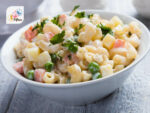
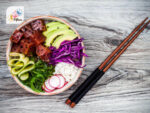
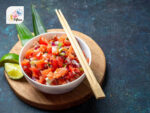
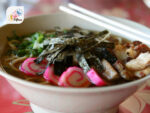
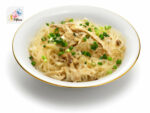
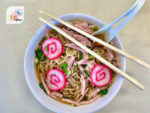
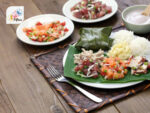
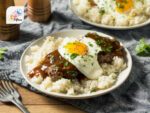
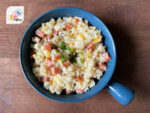
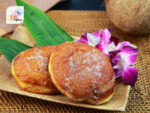

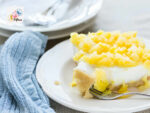
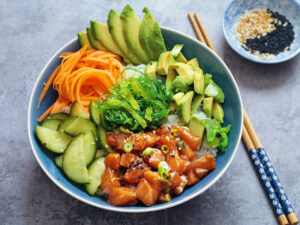
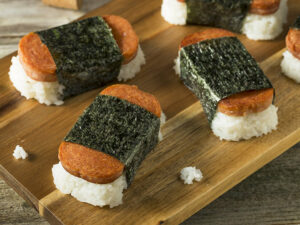
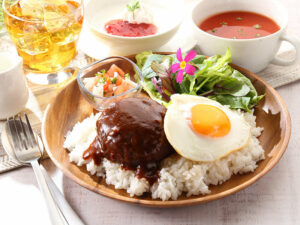

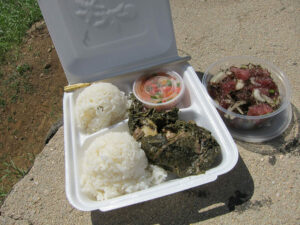
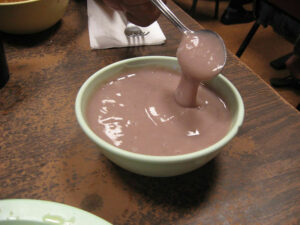
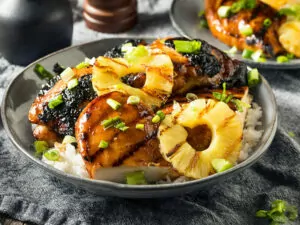
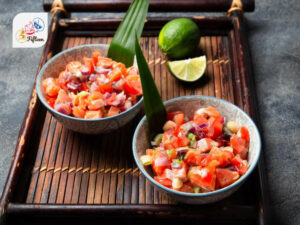
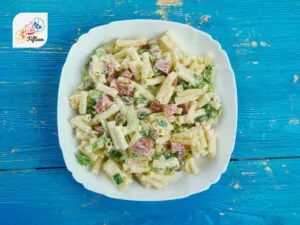
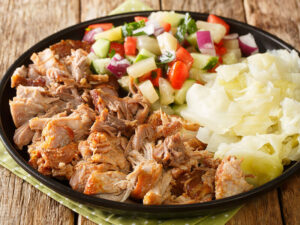
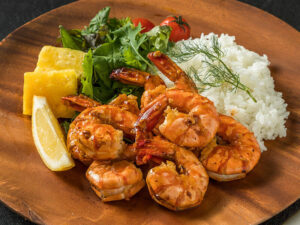

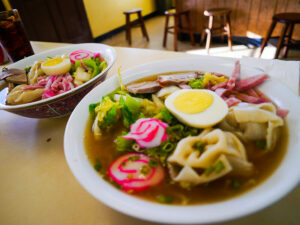
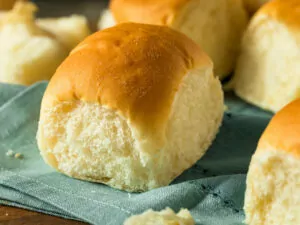
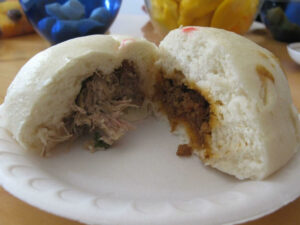
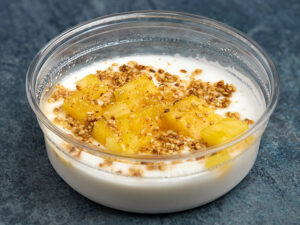
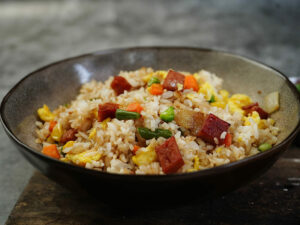
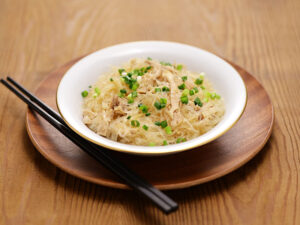
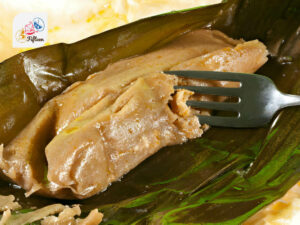
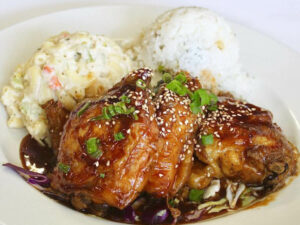
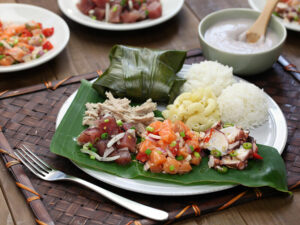
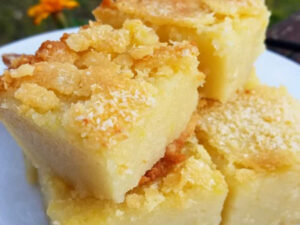
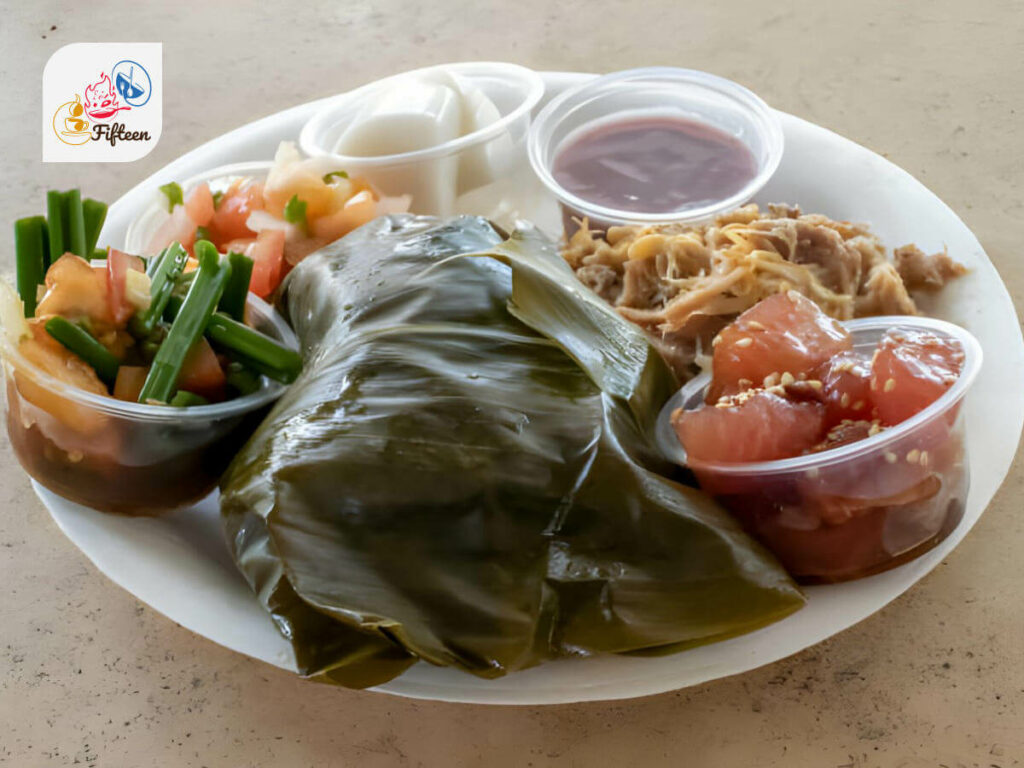
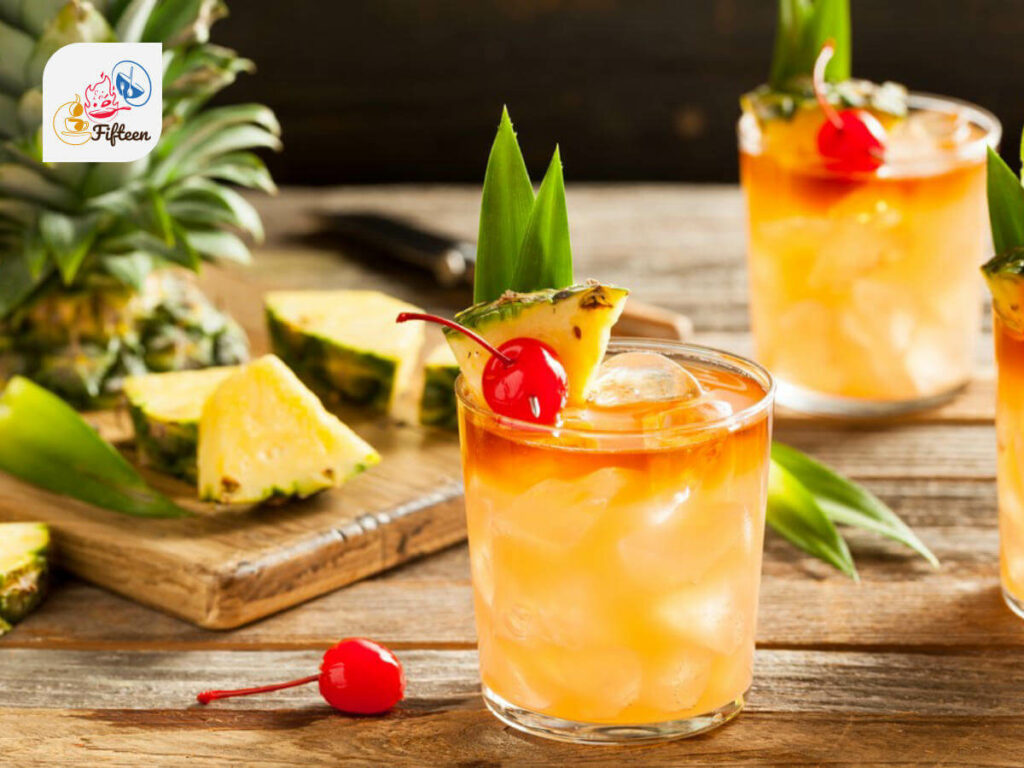
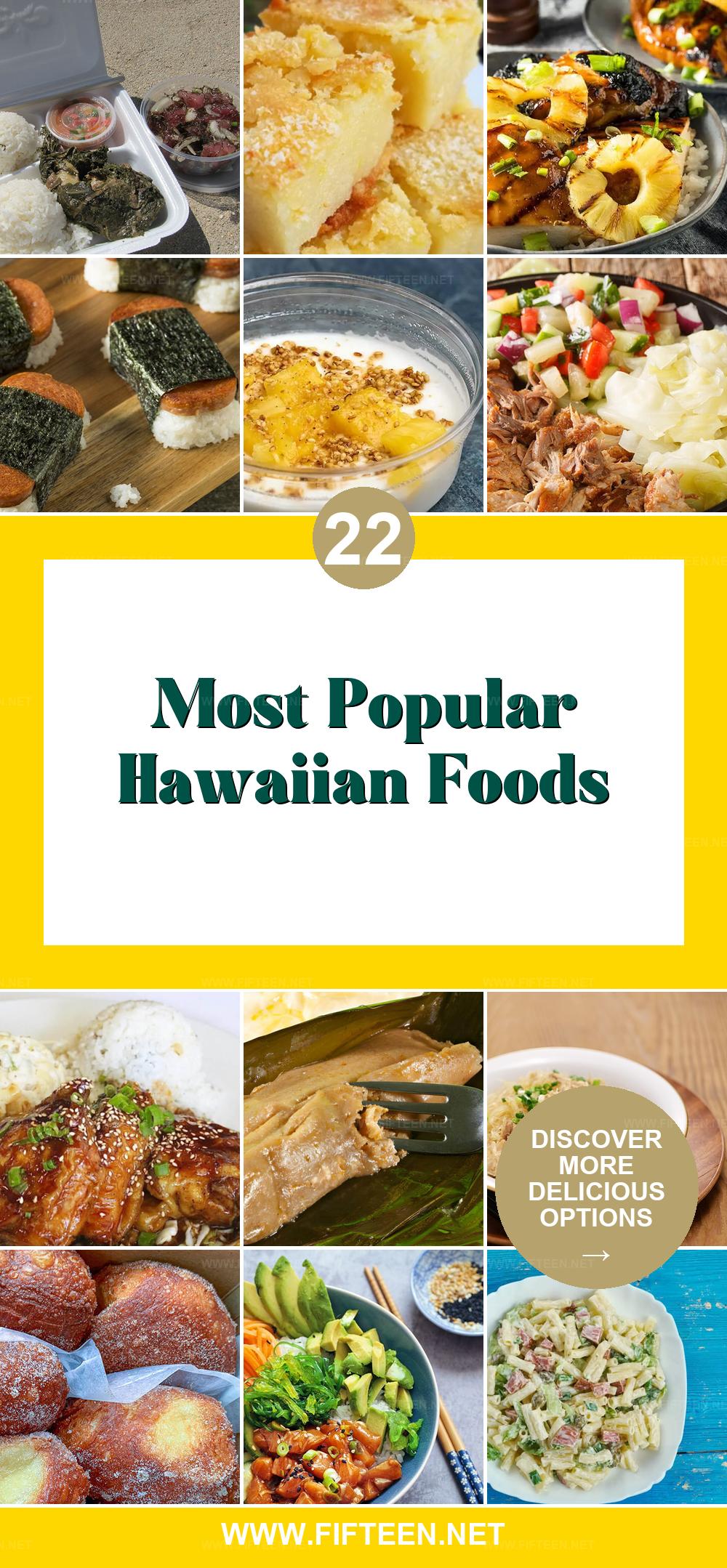
Jamie Scott
Editor in Chief, Senior Content Writer
Expertise
Home Cooking, Meal Planning, Recipe Development, Baking and Pastry, Food Editor, Cooking-video Maker, Western Food Evaluation Expert
Education
Le Cordon Bleu College of Culinary Arts
Local Community College, New York, NY
Jamie Scott is a skilled culinary expert and content creator specializing in Western cuisine. With over 15 years in the culinary field and formal training from Le Cordon Bleu, Paris, Jamie deeply understands how to blend nutrition with delicious flavors. His passion for cooking matches his commitment to making healthy eating accessible and enjoyable.
On Fifteen.net, Jamie brings a fresh perspective to classic dishes and beverages, offering readers insightful recipes, cooking tips, and a fresh view on meal planning that emphasizes taste, health, and simplicity.